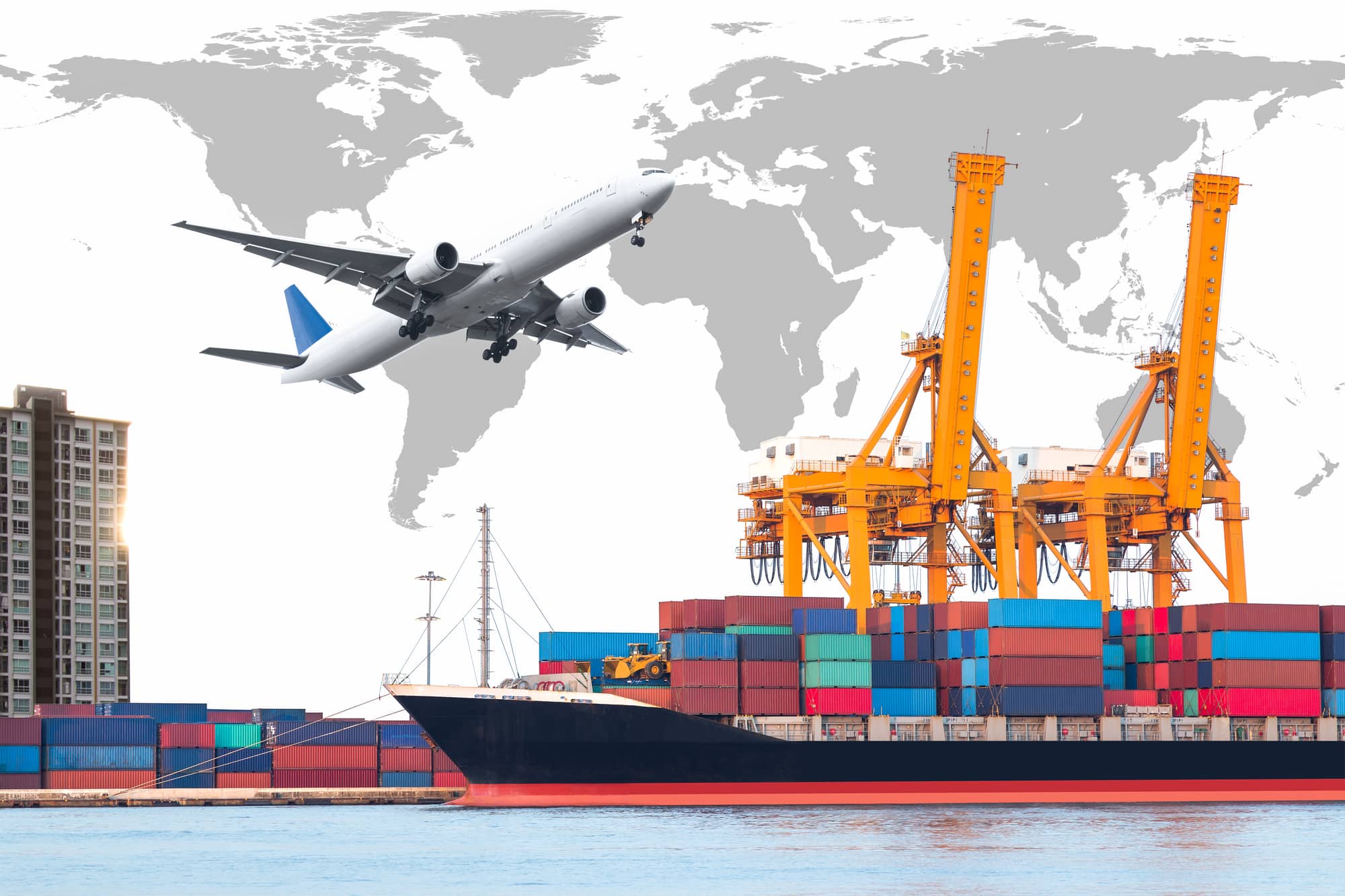What if you could scale up operations while simultaneously simplifying internal processes? Trade compliance automation affords traders this very opportunity.
Still, some organizations may hold back from making the switch to a new way of operating. Understandably, they may fear that a new compliance program may be challenging to integrate and costly to deploy.
However, a bigger risk is failing to adapt to the dynamic landscape of global trade. Regulatory changes and technological advances continually reshape industry best practices, demanding traders to constantly refine their approach to compliance if they want to thrive in a competitive market.
How can traders leverage the power of automation to streamline their trade compliance processes? First, let’s highlight the key ways importers and exporters stand to benefit from automation.
Benefits of Automating Trade Compliance
Introducing automation to your trade compliance program is flush with benefits. Even regulatory authorities are making increased use of automation to simplify reporting and authorizations.
For example, the International Trade Administration explains, “Federal law requires that prior to international shipment, you may need to file your export transaction electronically.” For this, traders can use a platform called the Automated Commercial Environment (ACE). The trend toward automation is only expected to increase. Staying on the cutting edge of the trend can give you a competitive edge as a trader.
Additionally, regulatory authorities recommend ongoing in-house compliance assessments and adjustments to optimize their approach.
For example, two of the Elements of an Export Compliance Program (ECP) recommended by the Bureau of Industry and Security (BIS) include “Training for all employees, including support staff, whose responsibilities relate to exports in order to keep up with changing regulations and to network with other export compliance practitioners,” and “Audits to gauge how well procedures are implemented and how elements need to be augmented.”
Thankfully, automation facilitates these refinements, making it easier for traders to identify, understand, and implement best practices.
Here are just five objectives traders can accomplish by automating trade compliance processes:
- Promote transparency – Automation helps traders keep accurate, tamper-proof records to demonstrate due diligence and be perpetually audit-ready at the click of a button by using powerful technology, such as blockchain.
- Mitigate risks – Automation reduces vulnerabilities by facilitating key tasks like denied party screening, classification, license determination, license acquisition and management, customs compliance for exports and imports, and more, protecting traders from the legal, financial, and reputational consequences of non-compliance.
- Maximize efficiency and security – Automation relieves intensive administrative tasks like manual data entry while promoting data and personnel security.
- Simplify operations – Automation centralizes compliance tasks into one platform, making it easier for departments to harmonize their efforts and keep a pulse on the lifecycle of any transaction.
- Leverage opportunities – Automation helps traders take advantage of profit-enhancing opportunities, like Free Trade Agreements (FTAs), Foreign Trade Zones (FTZs), and duty drawbacks.
Yes, while automating processes represents an initial investment in automation software and setup, the benefits can quickly offer significant ROI.
With the benefits clearly in mind, let’s dive into the manifold applications of automation for trade compliance.
Which Trade Compliance Processes Can be Automated?
From business partner screening, product classification to customs filing, importers and exports have a seemingly endless to-do list for each transaction. Which processes in the import/export lifecycle can benefit from automation?
Consider just a handful of automation opportunities for trade compliance:
Security & Screening
- Conducting Screening – Automation can boost the efficiency and thoroughness of watchlists, sanctions, and denied party screening by checking the latest version of watchlists from multiple sources simultaneously.
- Promoting On-site Security – Automated visitor management systems can help ensure that only authorized individuals are allowed on the premises or in certain areas, protecting sensitive data and personnel.
Export Management
- Complying with Global Export Control and Sanctions Regulations – Use automation to create standardized policies and workflows to manage controlled exports, determine licensing requirements, and promote compliance despite complex global regulations.
- Classifying Products – Automation can save time with user-configured automated product classification and when managing jurisdictional requests.
- Managing Logistics – Use automation to create and validate shipping documents and manage and track orders.
- Filing for Customs – Automate batch submissions for customs filing through ACE to save time and simplify the documentation process.
- Managing Data Transfers – Securely manage and comply with export control regulations for the cross-border exports of intangibles using automation.
Import Management
- Managing Operations & Record-Keeping – Capture, record, and maintain all necessary import documentation using automation.
- Filing for Customs – Automate the electronic filing process of customs data with the U.S. Customs and Border Protection through ACE.
- Calculating Tariffs – Accurately identify import controls and calculate duties, taxes, and fees with automation.
- Seizing Duty drawback Opportunities – Use automation to never miss a duty drawback opportunity, ensuring you get a maximum refund and increased profits.
- Using Foreign Trade Zones – Reduce operational costs by taking advantage of FTZs, but without the administrative hassle of manual management by integrating automation.
- Managing Free Trade Agreements (FTAs) – Automation can help you take advantage of agreements between nations and qualify for reduced duties, fees, and taxes.
LicenseManagement
- Screening for Licenses – Use automation to identify licensing requirements for any given transaction efficiently.
- Acquiring and Managing Licenses and Permits – Automation can help you apply for necessary authorizations, track the submission process, submit reports, and reduce inefficiencies.
- Addressing Compliance Requests – Automation allows you to respond to informational requests from regulatory authorities quickly.
- Managing Incidents and Voluntary Disclosures – Automation helps you to establish and follow through on organizational policies for handling compliance incidents and preparing voluntary disclosures for regulatory bodies.
The automation opportunities outlined above are by no means exhaustive. Practical applications for automation in trade are virtually limitless. The key is implementing the right compliance software.
How can traders find the best compliance automation software with high ROI?
Trade Compliance Automation Software – Worth the Investment
At OCR Global Trade Management, we offer traders the opportunity to revolutionize their approach to trade compliance. How? In short, Global EASE – our end-to-end global trade management solution.
Global EASE allows you to ditch clunky and outdated spreadsheets in favor of a centralized program that streamlines the entire global trade compliance lifecycle. Our secure platform integrates seamlessly with your current system and can scale to any size, giving you the tools you need to keep growing your enterprise. EASE elevates your compliance program at every level, mitigating risks while reducing operational costs and administrative burdens.
Is your organization ready to start leveraging the power of trade compliance automation? Book your consultation with a compliance expert.



